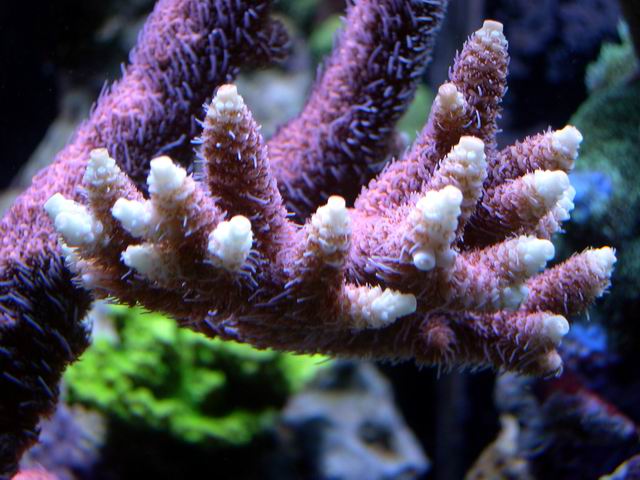
Platynereis

Acropora
It all started several years ago. Scientist were trying to decide the relationships between vertebrates, arthropods and nematodes. There were two competing theories. The first is based on the fact that the nemetodes lack a true body cavity, rather they have a false coelom sandwhiched between endoderm and mesoderm tissue layers.

In contrast true coelomates have a coelom entirely surrounded by mesoderm.

The Coelemates are divided into deuterostomes (which includes vertbrates) and protostomes (based on whether the blastophore develops into the anus or the mouth respectively).
The second, based on small subunit ribosomal RNA analysis, revamps this placing acoelemates (lacking a coelom) and pseudocoelomates (such as nematodes) in a clade with protostomes. More specifically, they placed nematodes in a clade with arthropods. This clade is defined based on the fact that they moult. Both phylogenies are pictured below.

This is where things get really interesting. There have been a number of studies designed to settle the question. During the course of the research some interesting, and unexpected phenomena came to light. In the meantime, researchers studying primates discovered theat the rate of molecular evolution in humans and apes was slower than the rate of molecular evolution in monkeys....
Look for Part Two tomorrow (hopefully).








